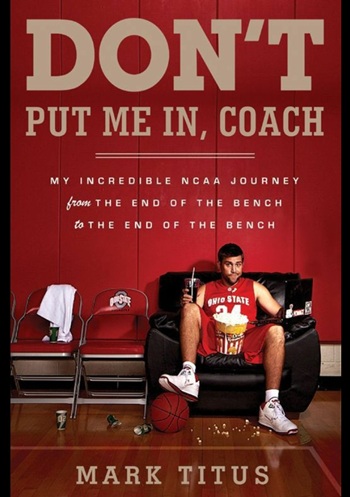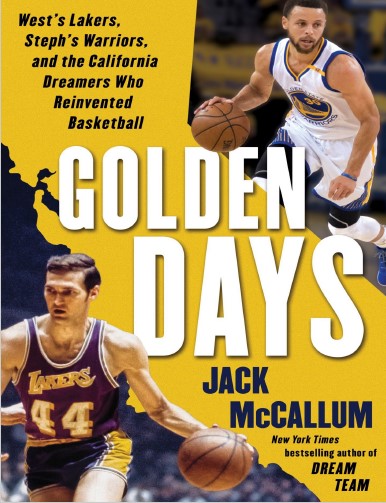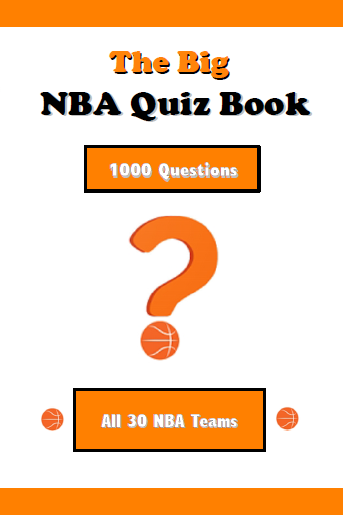Don’t put me in, Coach by Mark Titus
I think I’ve mentioned several times in this blog that I got into basketball through the NBA and don’t (yet) know anything about college basketball. To broaden my horizons, I bought a book that focuses on college basketball and not the pro level. I came across Don’t Put Me In, Coach by Mark Titus rather … Read more



